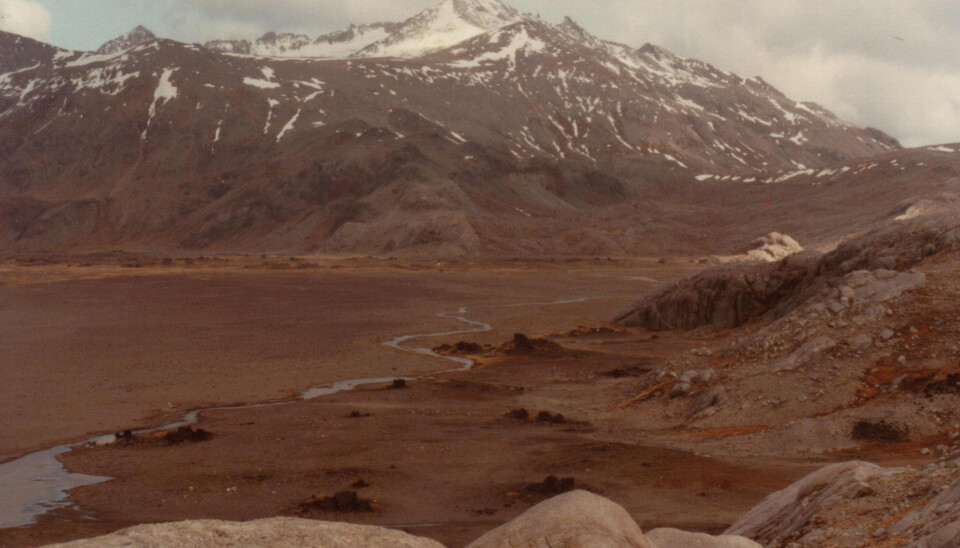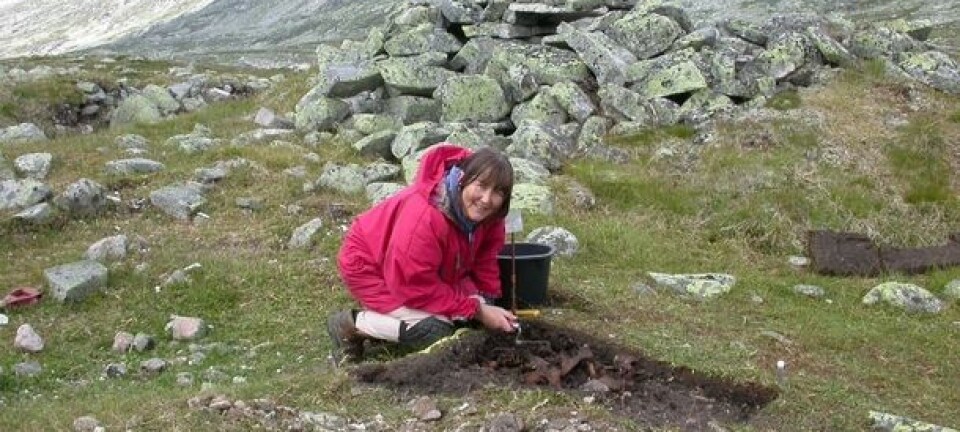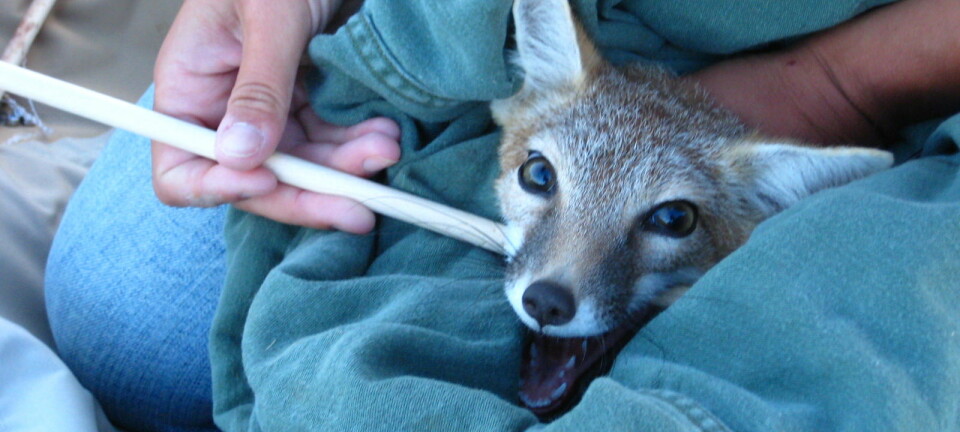An article from University of Tromsø – The Arctic University of Norway

Alien reindeer thrive in the Antarctic
Almost 100 years ago, Norwegian whalers were the first to introduce reindeer to Antarctica; now it is impossible to get rid of them.
Denne artikkelen er over ti år gammel og kan inneholde utdatert informasjon.
By the time the last Norwegian whaling ships left Antarctica, whalers had spent many years overexploiting a number of whale species. The whaling industry, which lasted from the 1920s to the 1950s, led to a drastic decline in whale stocks.
But the whalers and others who had their operations in Antarctica actually introduced a few species, including reindeer, cats, rabbits and sheep.
Professor Nigel Yoccoz is now trying to figure out exactly what this has done to the ecosystem.
Wild reindeer and black-and-white cats
Norwegian whalers introduced reindeer to the Antarctic island of South Georgia between 1910 and 1925. The animals were shot for food and were also hunted for sport by the whalers who were stationed on the island.

Yoccoz is planning a research stay on the French island of Kerguelen in the Antarctic because the island was used as one of the whaling stations, where whaling boats came with their catch for processing.
The French who lived on Kerguelen Island followed the Norwegian example and also released Swedish reindeer.
Yoccoz says these reindeer have now become wild, and impossible to remove from the island. He would estimate that there are about 3,000 to 5,000 animals on an island that has never had mammals before, but they still don't have exact numbers.
Cats and rabbits that were introduced by whalers have also survived. All of the cats are black-and-white because the original three cats on the island were black-and-white.
Kerguelen is a windswept island where previously only wingless insects thrived. But the mountains and the vegetation were similar to what might be found in the northern Norwegian landscape, which suited the reindeer quite well.
"I wonder what has happened to the vegetation on Kerguelen, since there were no herbivores there before the reindeer were introduced. The reindeer must have had an effect on the vegetation," says Yoccoz.
A comparison to Finnmark
Yoccoz's project in Kerguelen draws on another major project called Ecosystem Finnmark, which is also being run by researchers from the University of Tromsø.
Researchers have previously believed that very high grazing pressure over time pushes the ecosystem in positive direction, so that over time, the areas that are grazed become dominated by productive plants, such as nutrient-rich species of grasses.
The Ecosystem Finnmark project shows quite clearly that too many reindeer have a negative effect on grazing areas, even in the most productive summer pastures, explains project manager Rolf Anker Ims.
Today, the introduction of a non-native species is considered to be a threat to the environment. Many countries punish the introduction of species with fines and even imprisonment.
Yoccoz points out that all researchers who work in Antarctica must wear new clothes and shoes to avoid introducing non-native seeds. Antarctica attracts researchers from around the world. But there are also a great number of tourists.
"The South Pole provides a good living for many people," he says.
































